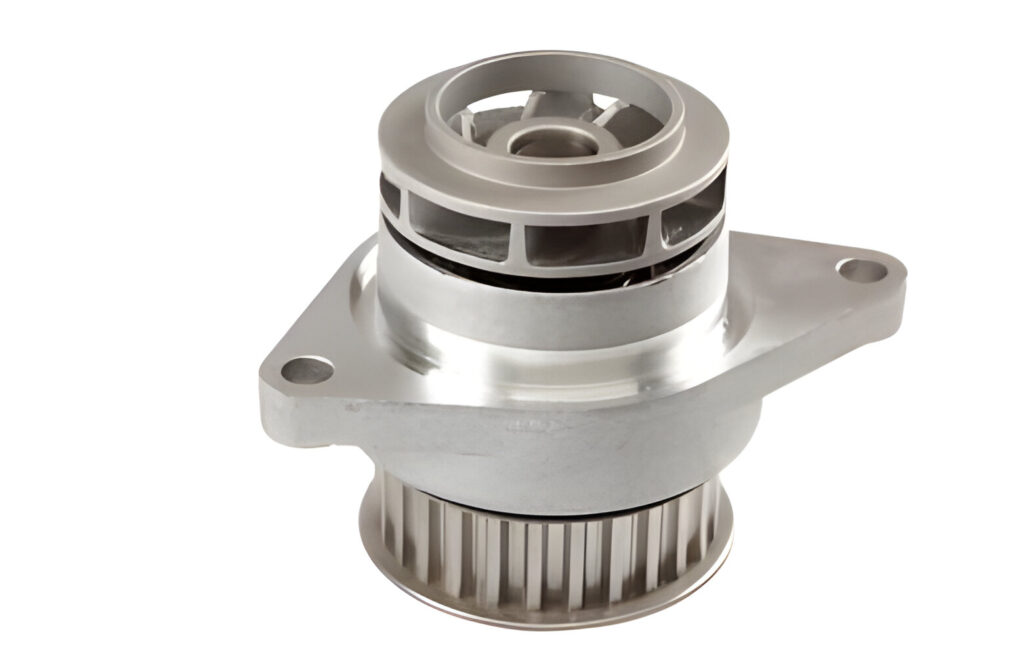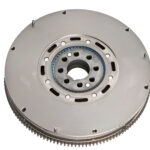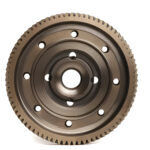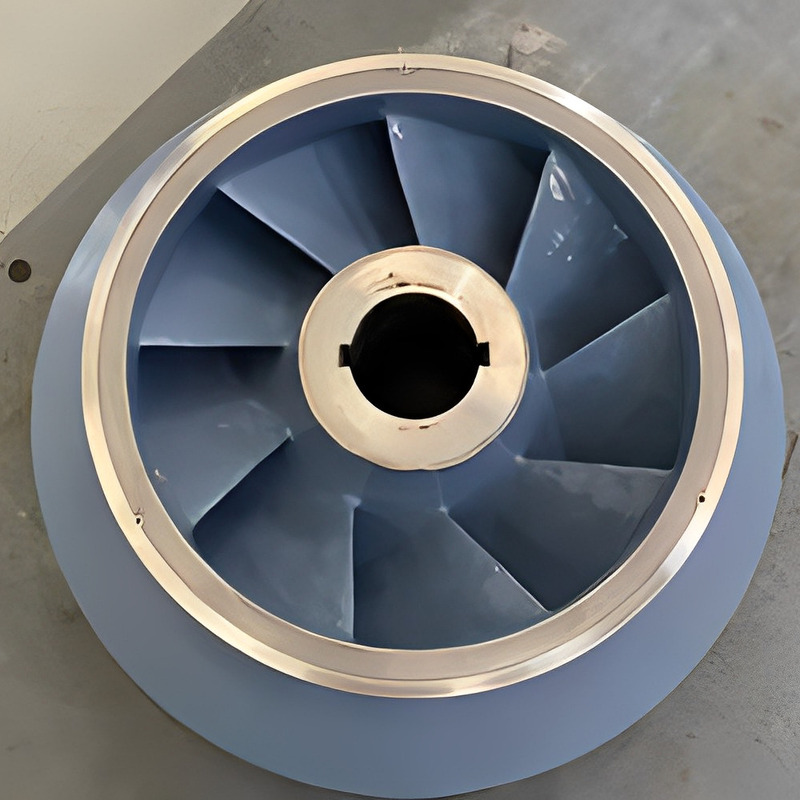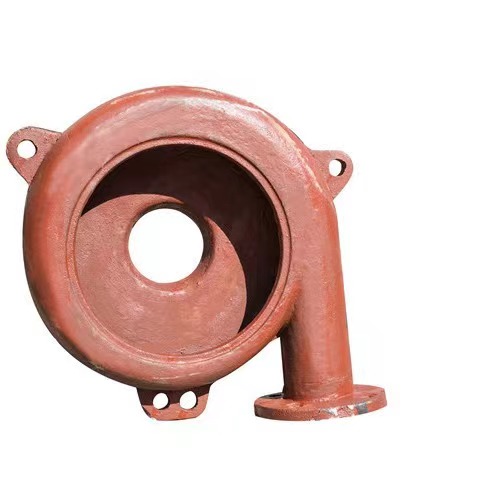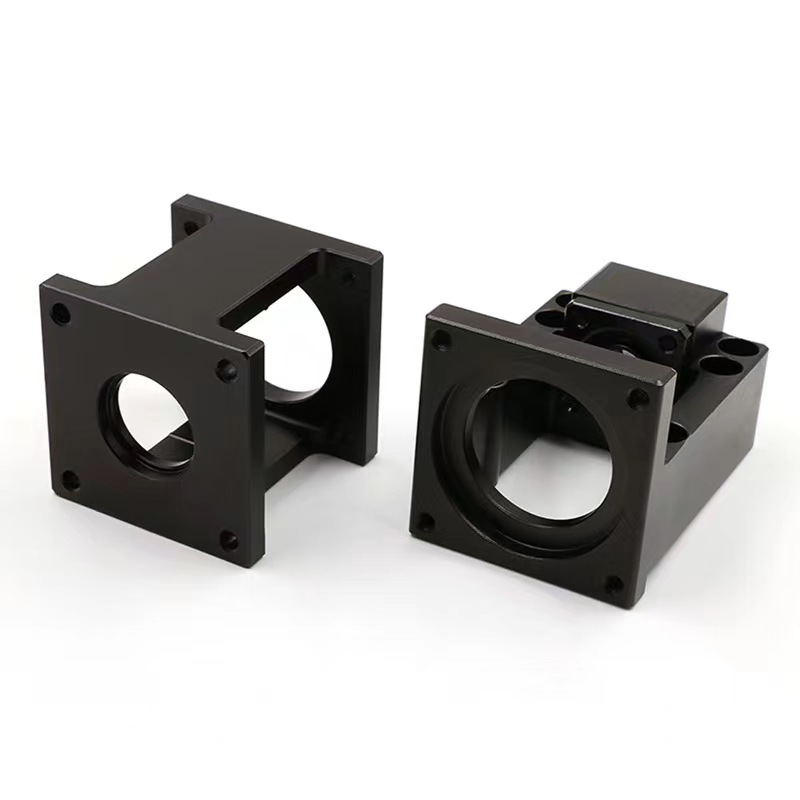In the realm of industrial machinery, certain components play pivotal roles in ensuring the smooth operation and longevity of the equipment. One such crucial element is the oil pump housing. This article delves into the significance of oil pump housings, their functions, and why choosing the right one is paramount for optimal performance.
Understanding the Role of Oil Pump Housing
At the heart of many mechanical systems lies the oil pump housing, a component designed to house the oil pump assembly securely. The oil pump itself is responsible for circulating oil throughout the engine or machinery, ensuring lubrication of vital components and dissipating heat. However, without a reliable housing, the efficiency and effectiveness of the oil pump can be compromised.
Functionality and Importance
The oil pump housing serves multiple functions beyond merely providing a casing for the pump. It acts as a protective barrier, shielding the pump from external elements such as dust, debris, and contaminants that could potentially damage the pump mechanism. Moreover, it facilitates the proper alignment of the pump within the machinery, ensuring smooth and efficient operation.
Furthermore, the housing assists in heat dissipation, helping to maintain the optimal temperature within the pump assembly. This is crucial in preventing overheating, which can lead to pump failure and subsequent damage to the machinery.
Choosing the Right Oil Pump Housing
Selecting the appropriate oil pump housing is paramount to the performance and longevity of industrial machinery. Several factors must be considered in this process, including the material composition, compatibility with the pump assembly, and the operating environment.
Material Composition and Selection
Oil pump housings are commonly constructed from materials such as cast iron, aluminum, or steel. Each material offers unique properties and benefits. Cast iron housings, for instance, are renowned for their durability and resistance to corrosion, making them ideal for harsh operating conditions. Aluminum housings, on the other hand, are lightweight and offer excellent thermal conductivity, making them suitable for applications where weight and heat dissipation are critical factors.
When selecting the material for an oil pump housing, it is essential to assess the specific requirements of the machinery and the environmental conditions in which it will operate. This ensures optimal performance and longevity of the component.
Compatibility and Fitment
Another crucial aspect to consider when choosing an oil pump housing is its compatibility with the pump assembly and the machinery itself. The housing must be precisely engineered to accommodate the dimensions and specifications of the pump, ensuring a snug and secure fit. Additionally, factors such as mounting provisions and sealing mechanisms must be taken into account to prevent leaks and maintain the integrity of the lubrication system.
Operating Environment and Conditions
The operating environment plays a significant role in determining the suitability of an oil pump housing. Factors such as temperature extremes, exposure to chemicals or corrosive substances, and vibration levels can all impact the performance and longevity of the housing. Therefore, it is essential to choose a housing that can withstand the rigors of the operating environment without compromising functionality or durability.
In conclusion, the oil pump housing is a vital component in industrial machinery, playing a crucial role in the lubrication and cooling of mechanical systems. Selecting the right housing is essential for ensuring optimal performance, longevity, and reliability. By considering factors such as material composition, compatibility, and operating environment, manufacturers can choose a housing that meets their specific requirements and safeguards their investment in machinery.

